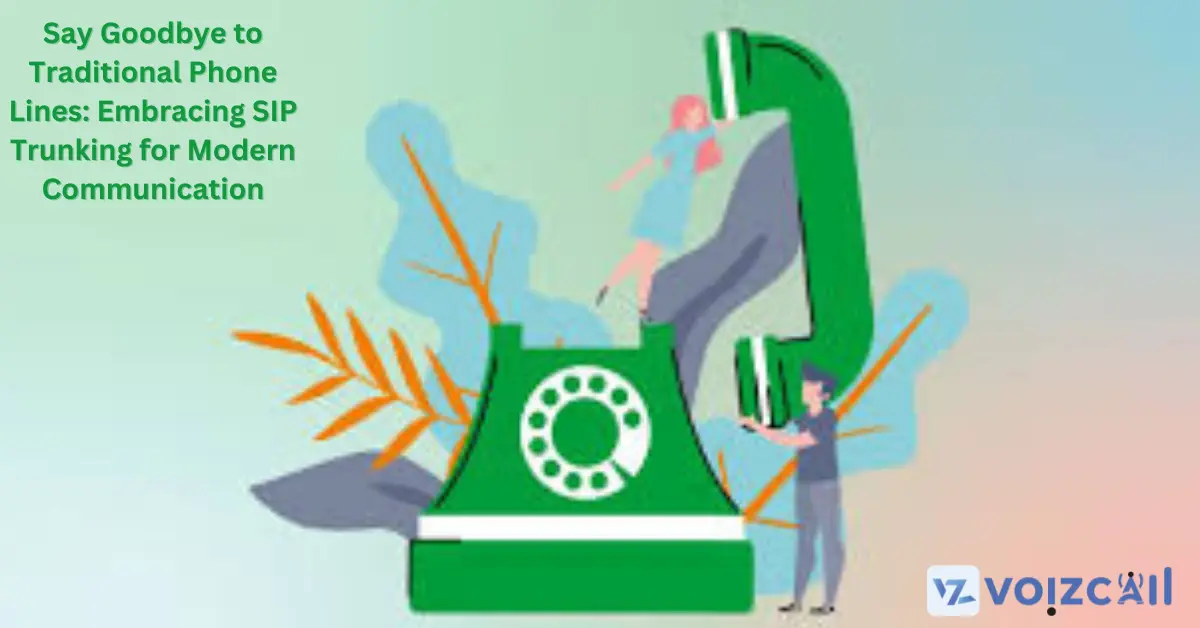


18/Apr/2024
In today's rapidly evolving business landscape, traditional phone lines are quickly becoming outdated and inefficient. As businesses strive to modernize their communication infrastructure, many are turning to Session Initiation Protocol (SIP) trunking as a more flexible and cost-effective alternative.
SIP trunking replaces traditional phone lines with a virtual connection over the internet, allowing businesses to make and receive calls using their existing internet connection. This eliminates the need for costly hardware and maintenance associated with traditional phone systems, leading to significant cost savings for businesses of all sizes.
Moreover, SIP trunking offers greater flexibility and scalability compared to traditional phone lines. With SIP trunking, businesses can easily add or remove phone lines as needed without the hassle of physical installations or lengthy contracts. This scalability is particularly beneficial for growing businesses that need to adapt to changing communication needs quickly and efficiently.
Additionally, SIP trunking enables businesses to consolidate their communication services onto a single platform, streamlining management and reducing complexity. By integrating voice, video, and data services over a single IP network, businesses can improve collaboration and productivity while reducing the costs associated with managing multiple communication systems.
Furthermore, SIP trunking provides advanced features and functionalities that enhance communication and collaboration within the organization. From call routing and forwarding to voicemail-to-email transcription and video conferencing, SIP trunking offers a wide range of tools that empower businesses to communicate more effectively and efficiently.
In conclusion, SIP trunking represents the future of modern communication, offering businesses a flexible, cost-effective, and feature-rich solution to replace traditional phone lines. By embracing SIP trunking, businesses can say goodbye to outdated communication systems and embrace a more efficient and streamlined approach to communication that aligns with the demands of the digital age.